
Introduction to Graph Theory (Dover Books on Mathematics)
Original price was: $35.00.$8.99Current price is: $8.99.
Product details :
PDF 11,23 MB • Pages: 260
Aimed at “the mathematically traumatized,” this text offers nontechnical coverage of graph theory with exercises.
A stimulating excursion into pure mathematics aimed at “the mathematically traumatized,” but great fun for mathematical hobbyists and serious mathematicians as well. This book leads the reader from simple graphs through planar graphs, Euler’s formula, Platonic graphs, coloring, the genus of a graph, Euler walks, Hamilton walks, and a discussion of The Seven Bridges of Konigsberg. Includes exercises—1976 edition.
- Engaging Introduction to Graph Theory: Designed to captivate both math enthusiasts and those who may be apprehensive about mathematics, this book offers a stimulating excursion into the world of pure mathematics.
- Accessible to All Levels: With only high school algebra as a prerequisite, this book is suitable for anyone interested in exploring the fascinating realm of graph theory.
- Comprehensive Coverage: From simple graphs to advanced topics like planar graphs, Euler’s formula, Platonic graphs, coloring, and more, this book provides a thorough exploration of key concepts in graph theory.
- Interactive Learning: Each chapter includes exercises to reinforce understanding and provide opportunities for practical application of the concepts covered.
- Clear and Concise Writing: The book is written with clarity and elegance, making complex mathematical concepts accessible and easy to follow.
36 reviews for Introduction to Graph Theory (Dover Books on Mathematics)
You must be logged in to post a review.
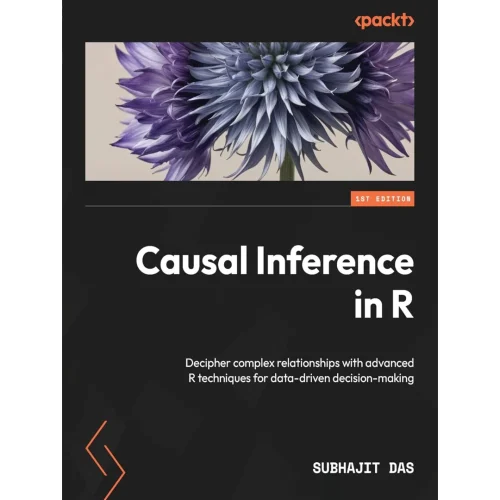
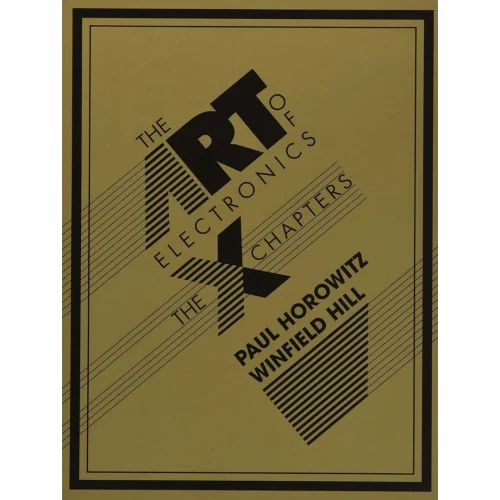
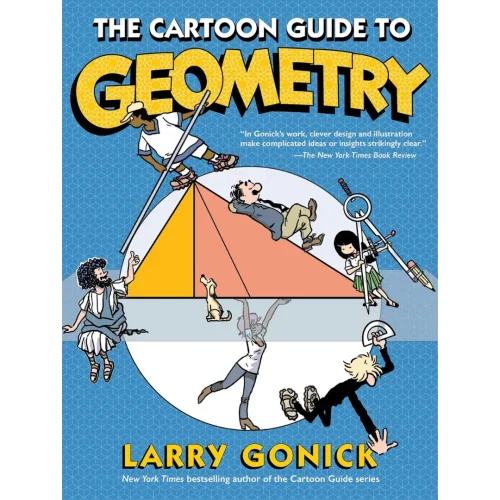
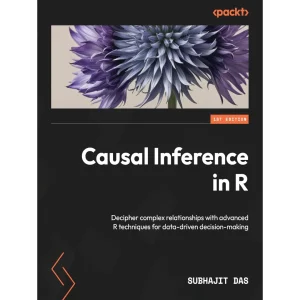

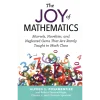
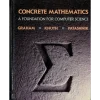
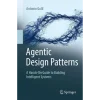
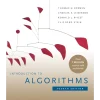
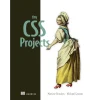
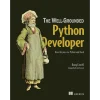
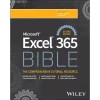
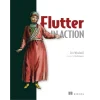
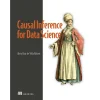
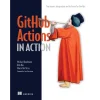
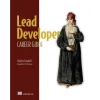
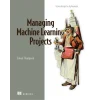
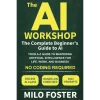
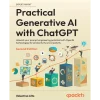
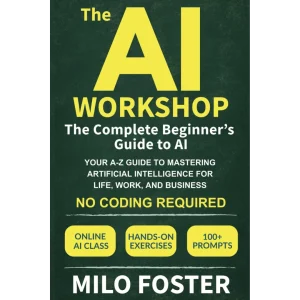
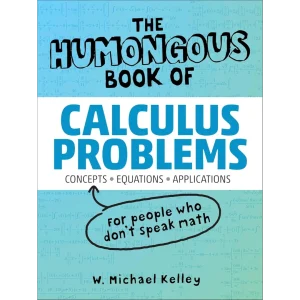

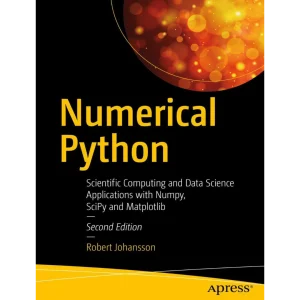
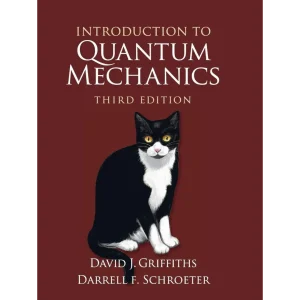
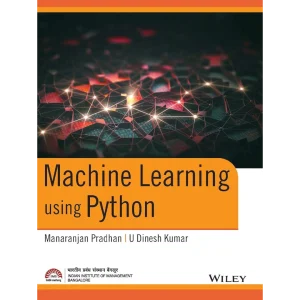
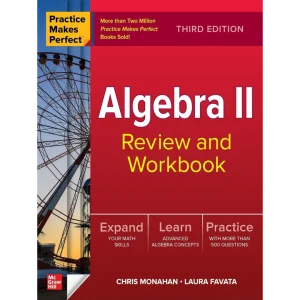

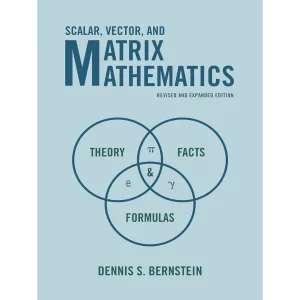

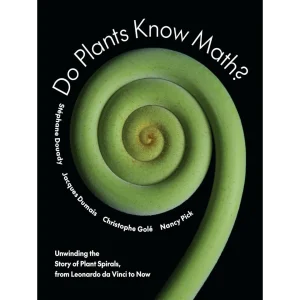
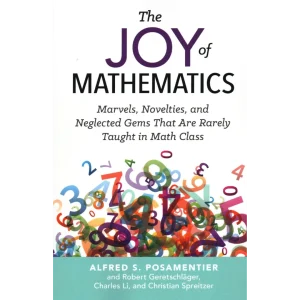
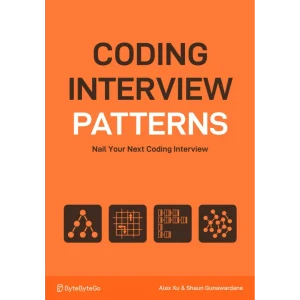

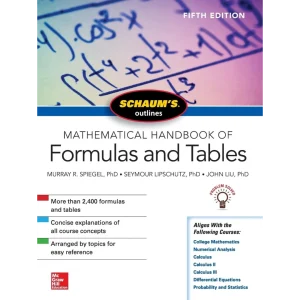
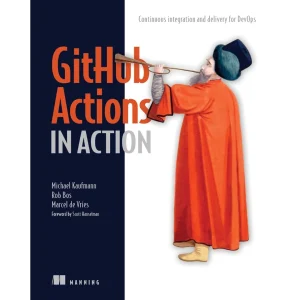

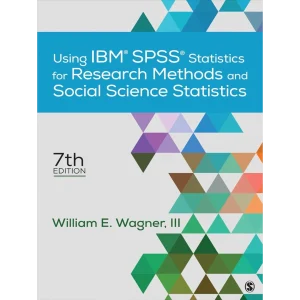
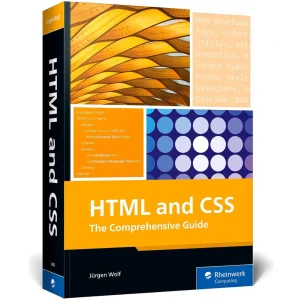
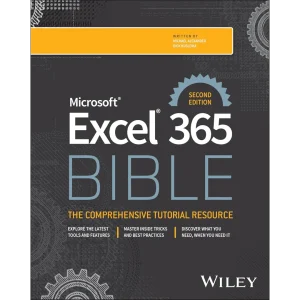
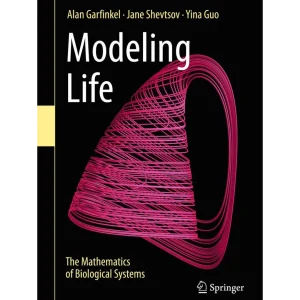
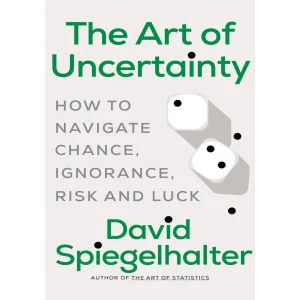
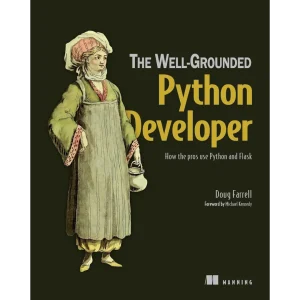
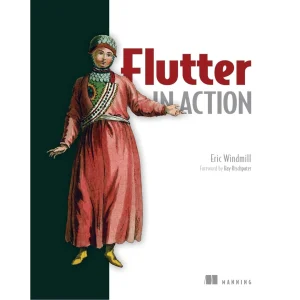

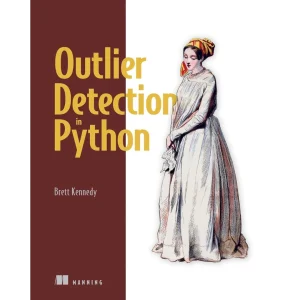
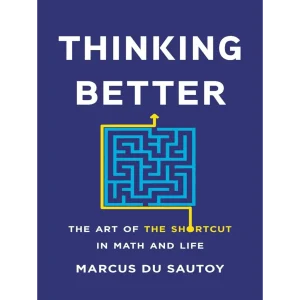
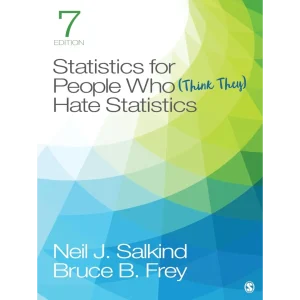
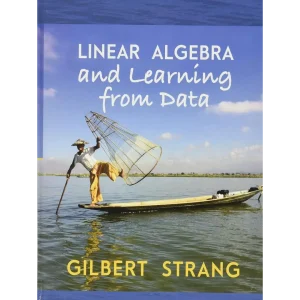
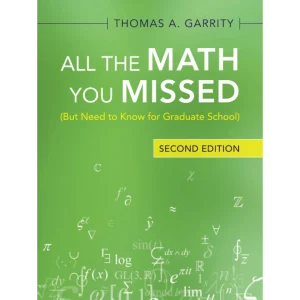



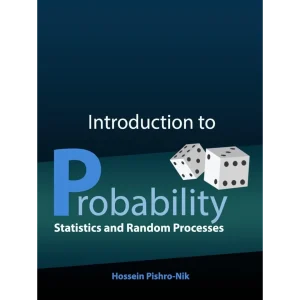
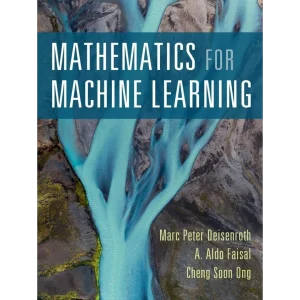

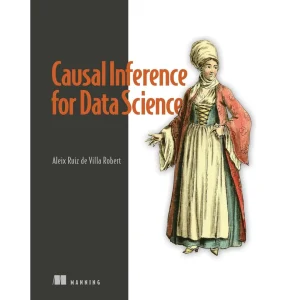
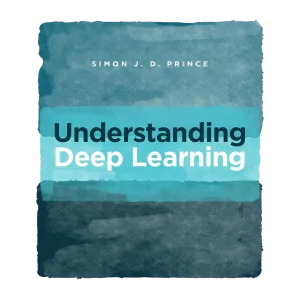
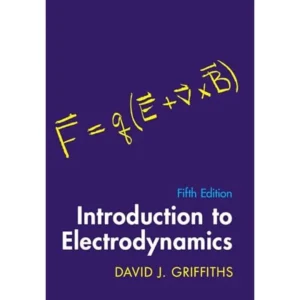

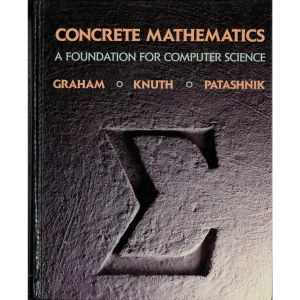
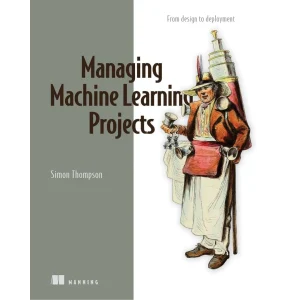
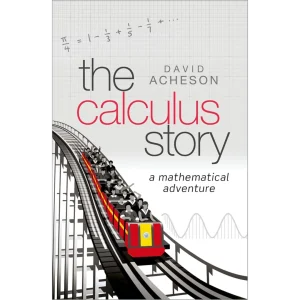
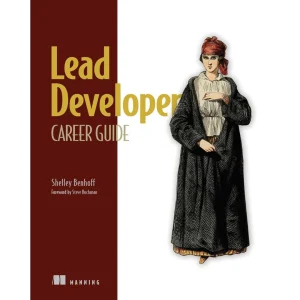
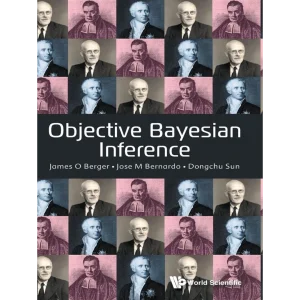
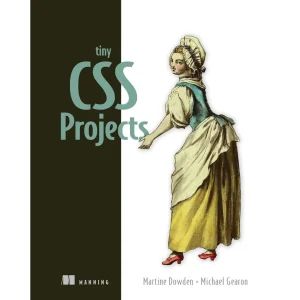
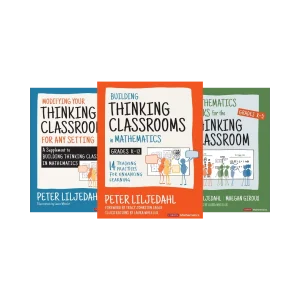
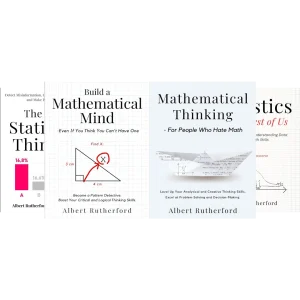
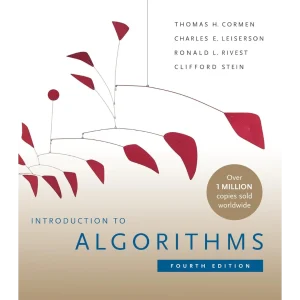
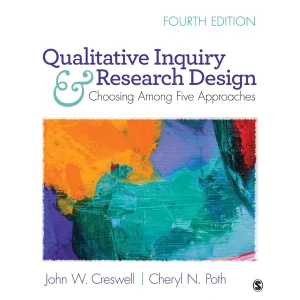
J. R. G. Mendonca (verified owner) –
This book introduces graph theory terminology and elementary results to the absolute beginner. It does a nice job of presenting the material in the format “motivation-example-definitions-theorem-proof-remarks”, which I find pedagogical.
Interspersed throughout the text are some historical remarks and a lot of author’s personal opinions on what mathematics is or should be. This last piece of the text I liked least, since I do not agree with the author many times. He defends the position that “pure mathematics” is “real mathematics”, and that “applied mathematics” follows from the “real thing” (he actually states this literally in the introduction of the book). This view has been debunked so many times along the history of the subject that it is quite irritating to see it expressed so categorically.
But the book is not about math philosophy, so I recommend it as a warm up to those interested in more heavy-duty graph theory. You should also take a glance on “Introductory Graph Theory” by Gary Chartrand, which is perhaps a better written book.
D. Amos (verified owner) –
For anyone interested in graph theory who has not taken many upper level math classes, or has yet to take a course in discrete mathematics, this is a great introduction. For anyone, at any level, this is a fun and entertaining read. The book reads as if the author were standing in front of you at the chalkboard, masterfully teaching you the basics of the material, almost in layman’s terms (but not quite), all with a witty sense of humor and a tendency towards anecdotes.
The material is in no way thorough, nor treated very rigorously. All the basics are there and taught in an intuitive manner. There are numerous exercises, none of which is difficult, but all of which are interesting to someone who is new to graph theory. Some of the key results that are simple to prove are done so in the exercises, encouraging readers to discover things for themselves.
Downsides: If you are looking for a rigorous book on graph theory, look elsewhere. But that is really the only downside!
Overall: I liked graph theory before reading this book. I loved graph theory after reading the first chapter.
L.Bruno (verified owner) –
As Far As I’ve Gotten, Trudeau’s book seems to be a little clearer and easier to follow than Chartrand’s (Introductory Graph Theory, also by from Dover).
That being said, Chartrand’s book provides a balance with Trudeau’s, providing alternatives and balance between the two.
Kent (verified owner) –
This is a good book for those just generally interested in math. Lays out the foundations for set theory well. This is not the math most people would have learned in school.
Eugênio Silva Rezende (verified owner) –
If you’re interested in algorithms and graph theory applied to computer science, that’s not the book for you. It’s essentially a book for mathematicians.
Ovid (verified owner) –
This book really is what it claims to be, an Introduction to Graph Theory. Now, take in mind that the material is very condensed (like many dover books), there’s a large amount of examples and exercises, which made it very good for someone who wishes to self-taught. It’s cheap price also make it a very good deal.
Alfred M. Powell (verified owner) –
Book as advertised and arrived within estimated time
DBeck (verified owner) –
I got this book after having learned some graph theory and proofs for discreet math classes. I think Trudeau has a very accessible writing style when it comes to breaking down these very technical definitions. The only problem I have is that I believe there could have been more detail, since, at least for me, I would have needed more to really understand the proofs better. I could walk through the proofs of the theorems he did, but I don’t think he gave me enough to be able to make a lot of progress in the practice exercises, or some of the lemmas left to the reader, which was kind of a confidence killer. But probably that amount of detail would ruin the purpose of the book in the first place.
A Gre (verified owner) –
This is a great intro book and it helped to contrast the typical math book to show that you can write a math book with personality